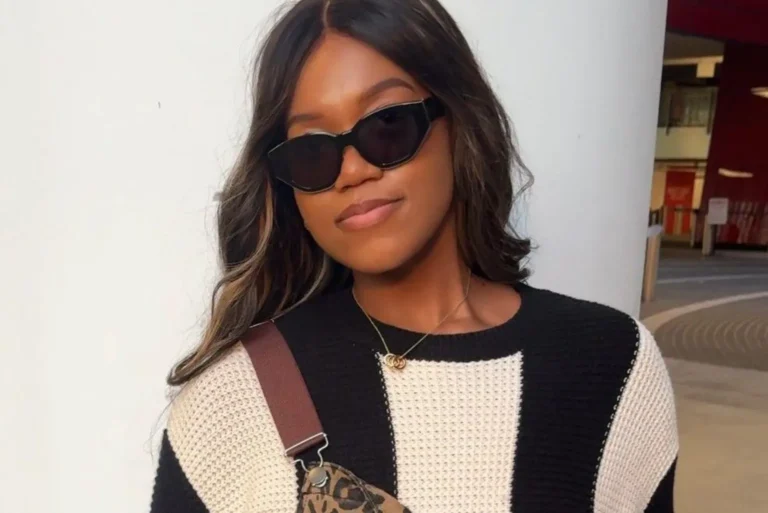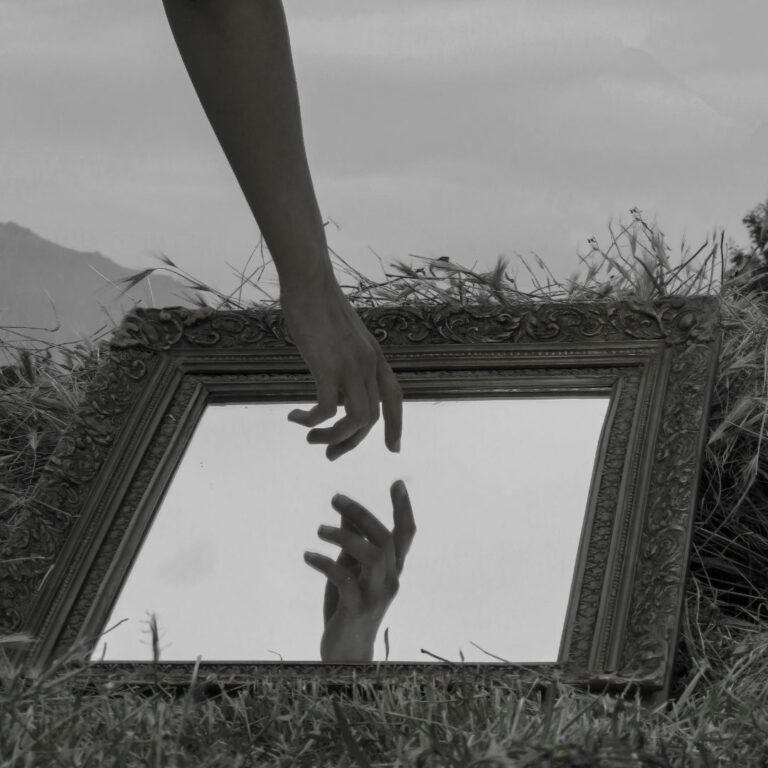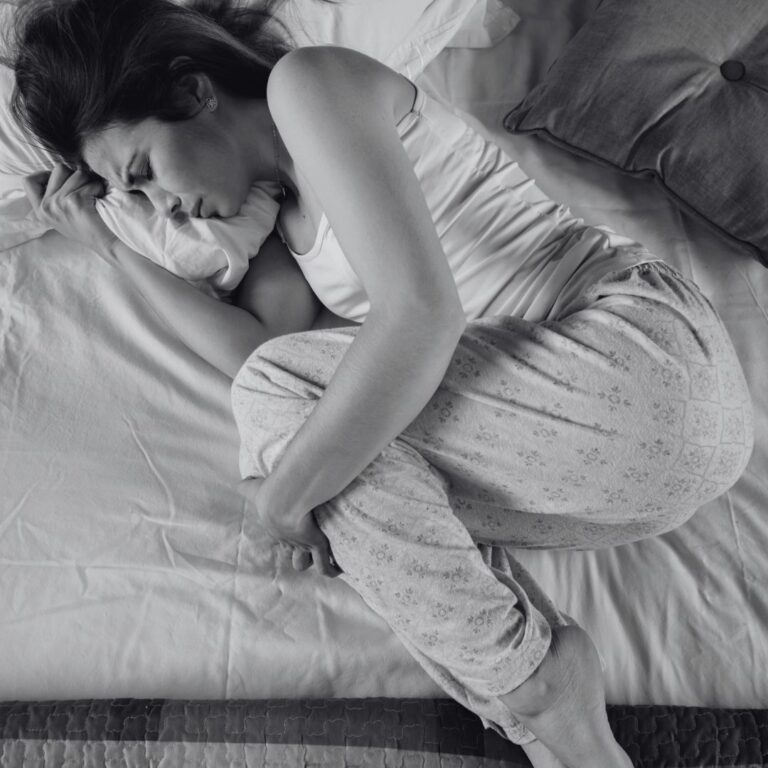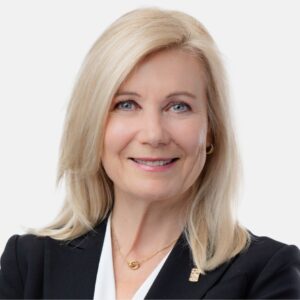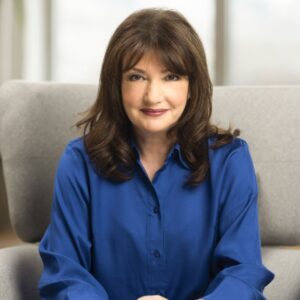Why muscle is your secret weapon against aging and illness
Health06.12.2023
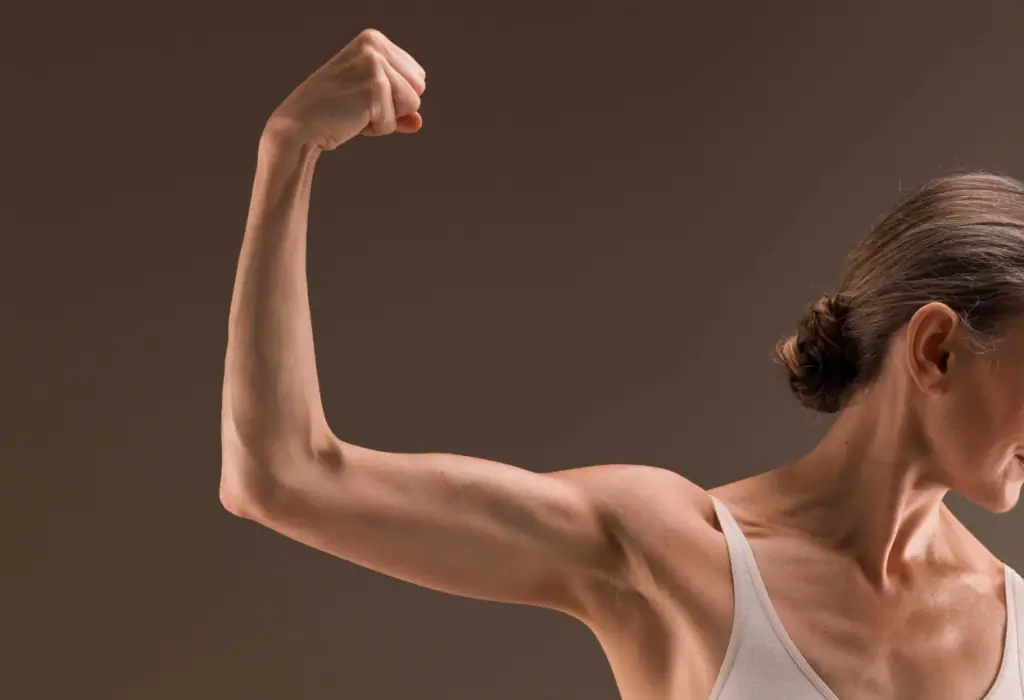
Why you should care about your muscles
Dr. Carla Prado studies muscle and its effect on health in her University of Alberta laboratory, she speaks on the topic all over the world, and she’s even written an award-winning cookbook, The High Protein Cookbook for Muscle Health During Cancer Treatment. (You can download it for free here.)
In our story about nutrition, we promised to explain why you should care about your muscles just as much as Dr. Prado does. So, here goes!
What you don’t know might delight you: little-known muscle facts
Most of us are aware of what Dr. Prado calls the “functional” role of muscle. She describes this as “muscle for movement, for balance, for posture.” But fewer people know about muscle’s other role — what Dr. Prado describes as, “The metabolic role of muscle as a systemic organ in our bodies that talks to all our other organs.”
By the way … if you’ve never thought of muscle as an organ, you’re not alone! It was a new concept to us, as well.
What are our muscles doing for us? Dr. Prado offers the following list:
- Muscle stores amino acids. This is important because those acids are the building blocks of protein which is mobilized when our immune system needs help with healing.
- Muscle is important for glucose regulation. By storing glucose and using it as an energy source during physical activity, muscle improves the body’s response to insulin, which is critical for preventing or regulating diabetes.
- And, not that we want to focus on appearance, but this one might get your attention — muscle can help counteract the 4.5-pound average weight gain women experience during menopause.
Let’s talk a little more about that last point, shall we?
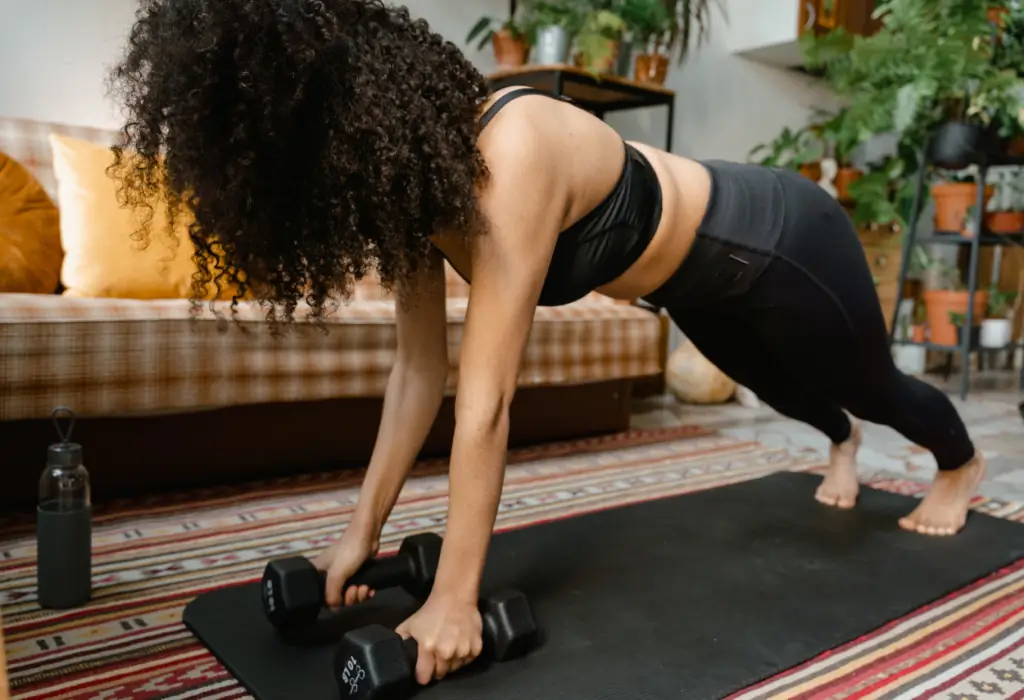
Muscle burns energy to function — Dr. Prado
Dr. Prado calls muscle an “expensive organ” which is why athletes have to eat thousands of calories to fuel themselves. She says muscle loss can become a vicious cycle — one which ramps up as we age.
If you lose muscle, you’re going to burn less calories. It becomes more difficult to exercise with muscle loss. Then you’re going to exercise less, you’re going to be gaining more fat, and potentially losing more muscle because you’re not exercising your muscles.
Dr. Prado
Ultimately, Dr. Prado says, increased body fat and decreased muscle mass can exacerbate each other, potentially leading to further health complications.
And, actually, the idea of body type and appearance may be more important than you think, because it contributes to our preconceptions, and misconceptions, about muscle.
Muscles: they’re not just for athletes
Think of a person with low muscle mass. Most people will picture an older person who is quite petite and frail. This is where Dr. Prado’s research comes in — to look at the facts, rather than our assumptions. Her research highlights that people at all body weights can have low muscle mass.
One can have very little muscle even though they have a normal body weight, or even if they are at a higher body weight.
Dr. Prado
“I recall speaking at a conference a few years ago where a doctor claimed, ‘My patients don’t have muscle loss, only obesity.’ This perspective is quite naive, given the complexity of these conditions. It’s surprising how much skepticism still exists. Fortunately, there is now a wealth of scientific evidence to convince even the most skeptical of the coexistence and implications of muscle loss in individuals with obesity.”
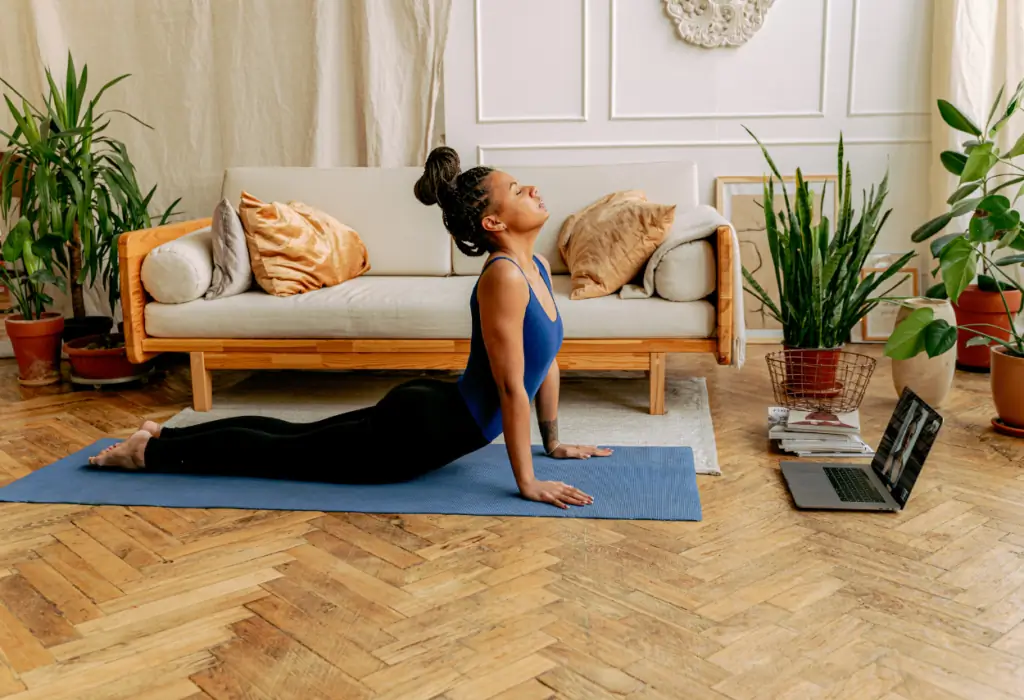
However, given the huge role muscle plays in our health, this is a hidden problem Dr. Prado wants to bring into the open. “Especially with our sedentary lifestyle nowadays, we’re eating less healthily, we’re eating less protein, we’re exercising less, and for women, the loss of estrogen with aging also leads to muscle loss,” she says.
We begin losing muscle at 30 years of age.
Dr. Prado
Dr. Prado emphasizes that while the goal isn’t to alarm anyone, acknowledging and addressing muscle loss is crucial for prevention. It’s possible to prevent muscle loss, but this requires first recognizing and accepting that it’s an issue.
Muscle health: the ultimate difference-maker in chronic conditions
We accept that older people lose muscle. We’ve all probably witnessed an older relative who has trouble getting out of a chair, or opening the lid on a jar.
However, there’s another group which also grapples with muscle loss — those living with health conditions including cardiovascular disease, kidney disease, cancer, diabetes, long COVID, osteoarthritis, and more.
When Dr. Prado works with patients living with these conditions, she sees the intersection of many risk factors — all of which can contribute to muscle loss. These include:
- Sedentary lifestyle
- Poor nutrition
- Inflammation
When people have comorbidities, they become more likely to lose muscle.
Dr. Prado
In case you’re thinking it’s normal for people who are sick to lose muscle, and you’re wondering why this is so important, it’s this: Dr Prado’s research in patients with cancer has shown that low muscle mass is an independent predictor of shorter survival — that even when you control for other factors, low muscle mass can determine who will die faster.
And speaking of risk factors, there’s another one to consider: “If people become hospitalized, their risk of losing muscle is compounded, because not only is their immune system working harder and therefore using more protein, but there’s also the mobility side of things,” Dr. Prado says.
“Research shows that generally healthy people who are bedridden for 10 days can lose about one kilo — 2.2 pounds — of muscle. [Picture a roast beef.] Even if you go to the gym every day, you won’t build that back in 10 days.”
The situation is much worse for an older person, or somebody with comorbidities.
It’s like a wildfire because you’re losing muscle so fast,” she says. “And rebuilding muscles is like rebuilding the forest — it takes months, if not years.
Dr. Prado
Because of this, Dr. Prado anticipates a future repercussion from COVID-19 that we haven’t considered yet. Not only were many people more sedentary and eating less healthily during the pandemic, there were those who became severely ill and ended up in the intensive care unit (ICU) which Dr. Prado calls “one of the worst scenarios for losing muscle.”
For those who survived the ICU, diet, exercise, and physical therapy intervention may not necessarily have been priorities, so even when they regained weight, it was more likely to be fat than muscle.
I believe we’re going to have an epidemic of low muscle mass in the future — in aging, these people will lose muscle but they’re already starting with less muscle.
Dr. Prado
Fighting the muscle-loss “wildfire”
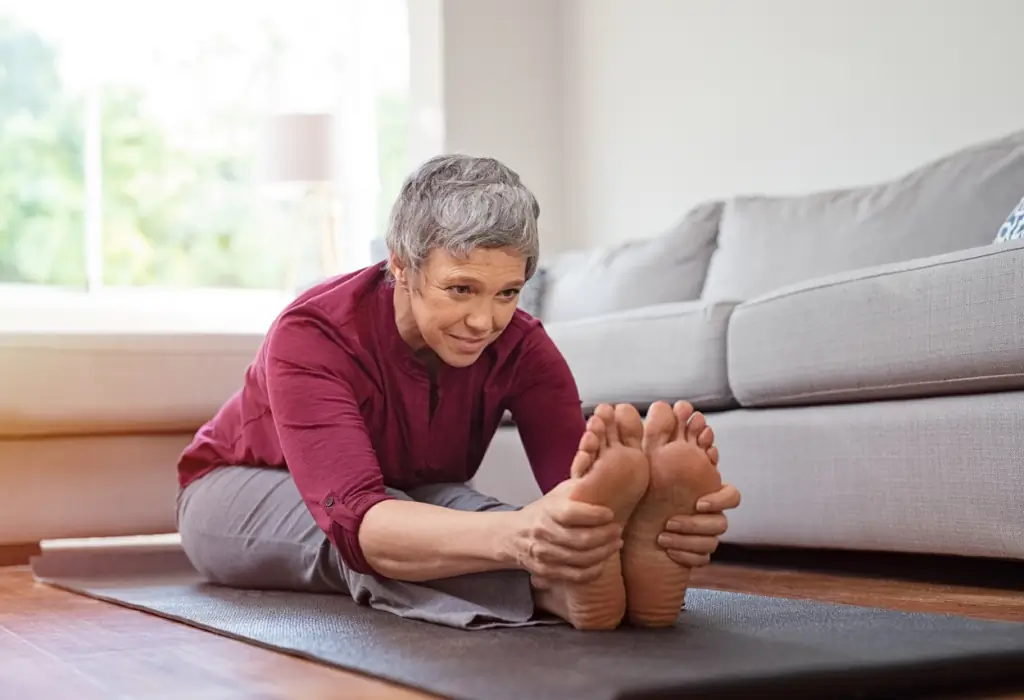
Of course, there wouldn’t be much point in us writing this story if we didn’t have some good news to offer. That’s really the whole point of Dr. Prado’s work — identifying the issues, so people can take positive steps to improve their health.
First comes education …
Dr. Prado talks about a community course her team offered for older adults, many of whom said they’d never heard about the importance of muscle. This doesn’t surprise Dr. Prado: “Muscle is almost only studied in frailty — when you reach the part of your life when it affects your activities of daily living, like getting in and out of your car, or combing your own hair.” She wants us to talk about muscle health more, and earlier. “The more we educate the public, the more they are going to ask their doctors to help them assess their muscle.”
We have to be alert for people who are at high risk for low muscle mass and malnutrition,” she says. “We have to remember the ‘wildfire’ and do early intervention.
Dr. Prado
Next look at nutrition …
We think of exercise first, but just as often, as Dr. Prado says, “muscle matters.” She’ll also tell you “nutrition matters,” specifically, “If you don’t have enough nutrition, how are you going to feed your muscles?”
For more information, including some recommended nutritional resources, read our previous story where we spoke with Dr. Prado about the importance of nutrition.
And, of course, exercise
If we divide exercise into cardiovascular (walking, running, cycling), flexibility, and resistance or weight training, Dr. Prado says all are valuable, but it’s the resistance training that’s going to build your muscle.
While she recommends consulting a professional to get advice about your own particular situation, in general she says it’s good to use free weights, resistance bands, or body-weight exercises two to three times a week. The main point is, it doesn’t need to be time-consuming or difficult.
One suggestion: “Do you listen to podcasts? Can you do thirty minutes of weight training while you listen?”
Or (this one’s sweet!): “With my grandma, I bought her weights and said, ‘Grandma, whenever you’re watching TV, do three repetitions, 15 times.’ It’s something older people can even do sitting down.”
Dr. Prado points out that exercise is like a “two-for-one” activity that builds muscle while burning fat. “I’ve talked a lot about muscle, but it’s the proportions of muscle and fat that need to be in balance,” she says. And exercise, along with good nutrition, are the tools to achieve that healthy proportion.
As we’ve explored through Dr. Prado’s insights, muscle health extends far beyond the gym and the mirror. It’s not just about physical strength or athletic performance, but a crucial aspect of our overall well-being, influencing everything from our metabolic health to our ability to combat chronic diseases. This journey into the world of muscle health reveals an important truth: taking care of our muscles is taking care of our future.


